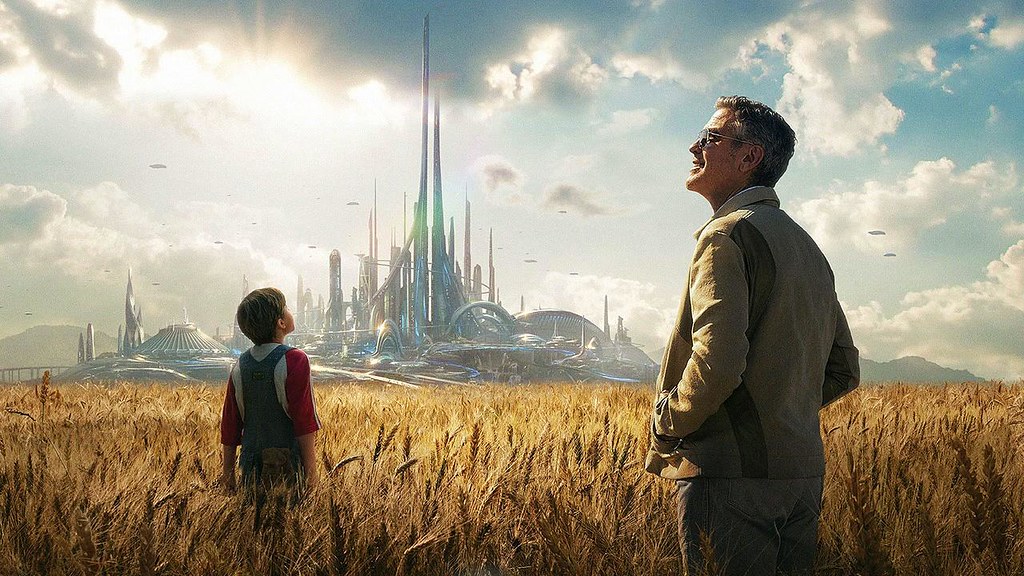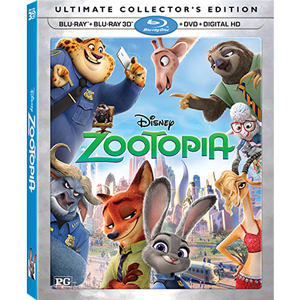Representations of future cities in
fictional films usually emphasize spectacle, power, and divisions rather than
interdependent relationships with the natural world and each other. Fictional
films released after 2010, six years after Day
After Tomorrow (2004) and ten years after the Age of the Anthropocene was
popularized primarily highlight dystopic visions of the future. What struck us,
however, is how little these films addressed environmental issues, including
climate change. Although we explored cli-fi (climate fiction) films in our Monstrous Nature: Film, Environment, Horror
(2016), few films addressing the future ramifications of climate change are set
in future cites, and Star Trek Into
Darkness (2013) moves beyond dystopic views of the city of the future
without referencing environmental issues at all.
In many fictional films, the utopian
city is available only for the affluent and powerful few. In The Hunger Games (2012) and its sequels
(2013, 2014, 2015), the twelve districts outside of the Capitol of Panem
struggle to meet their own survival needs after providing resources for the
greedy citizens of the Capitol. The brief CGI-enhanced establishing shots of
the Capitol reveal a technologically advanced utopia for the chosen few.
District Twelve, home of the films’ protagonist Katniss Everdeen (Jennifer
Lawrence), however, gives so much coal to the Capitol that it can’t adequately
heat its homes. Food is so scarce that Katniss and her family can only survive
by illegally hunting outside the district’s fence. District Thirteen fares even
worse, since after they rebelled, their village was destroyed, forcing
survivors into an underground bunker where they must ration food and share
living space.
Like The Hunger Games, Elysium (2013) separates rich and
powerful from the poor providing their resources, but in Elysium a population
explosion has created a global slum on Earth, forcing the privileged to build
their utopian city above ground in a sky city. The Congress (2013) offers utopian urban visions only in an
animated world that drug-addicted residents create for themselves. In the
non-animated “real” world, animated heroes are revealed to be homeless and
despairing victims. Only those living in large airships above the slums below
provide hope in this dystopic future. The Neo-Seoul segment of Cloud Atlas (2012) highlights technology
and genetic engineering in a Vice City.
The Zero Theorem (2013) offers a dystopian Terry Gilliam vision like that
of Brazil (1985).
Divergent
(2014) also stresses divisions established to resolve conflicts that nearly
destroyed humanity. After a great war, society was divided into five separate
areas called factions to maintain order in a future Chicago: Erudite, Amity, Candor,
Dauntless, and Abnegation. Those who do not fit any of the five categories are
labeled divergent and may be exiled from the community. Although the factions
seem balanced at the beginning of the film, the Erudite faction seeks the same
power and privilege of the Capitol citizens of The Hunger Games. These series of films also illustrate
evolutionary myths under the city and urban eco-trauma. The underworld of
District Thirteen in Hunger Games and
The Pit, home of the Dauntless faction, in Divergent
highlight how the underground city evolves in post-apocalyptic film. Eco-traumas
are played out in the Hunger Games themselves, as well as in the Districts
outside of the Capitol in The Hunger
Games films. In Divergent, the Erudite faction forces
Dauntless soldiers to attack Abnegation and slaughter divergent citizens who
can’t be as easily controlled.
While Divergent shows us a post-apocalyptic Chicago where overhead shots
reveal paved streets and parking lots broken by weeds, Star Trek Into Darkness offers more utopian views of London and San
Francisco. According to Visual Effects Supervisor Roger Guyett, “Our philosophy
about doing cities, and respecting the canon of how the work is described by
Gene Roddenberry, is that you’re only a few 100 years in the future.” Instead
of depicting a post-apocalyptic future, Guyett highlights how technological
advancements may enhance the landmarks and architecture of San Francisco and
London, including landmarks such as St. Paul’s Cathedral and the River Thames.
According to Guyett, "We even went to London and took
a lot of pictures from different angles, to try to maintain the real geography
of it. But, at the same time, we want to elaborate on that and use our
imagination on how that might have changed."
Star
Trek Into Darkness promotes a more utopian vision of the city that suggests
humanity can adapt and live more sustainably 100 years from now. Although the film
does not explicitly address environmental issues, it demonstrates how
technology might allow humanity to live interdependently with the natural
world. Big Hero 6
(2014) also suggests technology can address racial, economic, and, perhaps,
environmental conflicts in a Disneyfied fictional and animated San Fransokyo. None of these films go as far as Zootopia or Tomorrowland or the documentaries Under the Dome and The Absent House.









